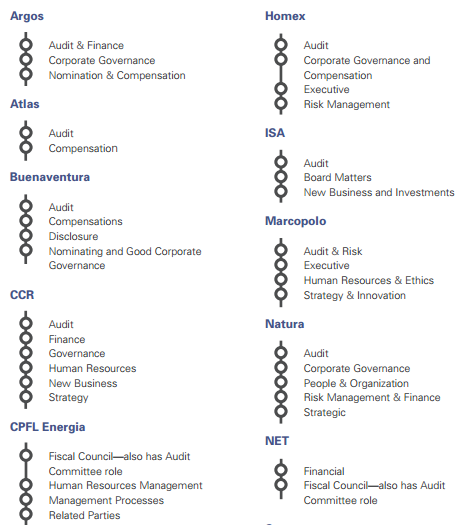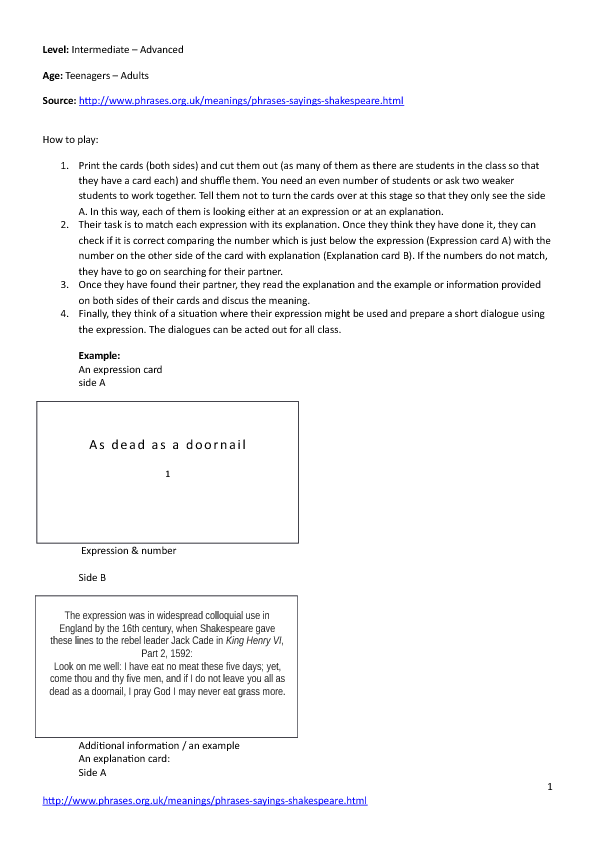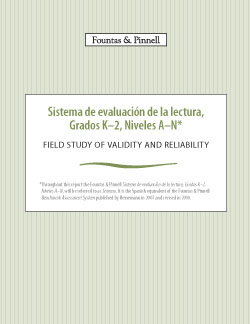Notes on Operational Amplifiers (Op Amps).
Narrative Therapy An Integrated Outcome? Introduction Systemic therapy was based on Minuchin’s Structural Therapy model (1968) followed by Bateson's cybernetic model (1972) The first order cybernetic model considerd that problems within a family system should be focused on by strategically solving problems, meeting family goals and help change a person's dysfunctional behaviour.
Op-Amp Basics: What is an Operational Amplifier. The op-amp is a differential amplifier and it is a very high performance amplifier circuit block it enables many different electronic amplifier circuits to be designed with the addition of just a handful of other components.. Basic op-amp circuits.

The operational transconductance amplifier (OTA) is an amplifier whose differential input voltage produces an output current. Hence it is a voltage control current source (VCCS). There is usually an additional input for a current to control the amplifier's therefore, the OTA is similar to a.
The Differential Amplifier circuit is a very useful op-amp circuit and by adding more resistors in parallel with the input resistors R1 and R3, the resultant circuit can be made to either “Add” or “Subtract” the voltages applied to their respective inputs.
An op-amp differentiating amplifier is an inverting amplifier circuit configuration, which uses reactive components (usually a capacitor than inductor). The differentiator performs mathematical differentiation operation on the input signal with respect to time, i.e. the output voltage is proportional to the rate of change of the input signal.

A differential amplifier is a type of electronic amplifier that amplifies the difference between two input voltages but suppresses any voltage common to the two inputs.
.jpg)
Emitter follower and darlington amplifier are the most common examples for feedback amplifiers. These are the mostly used ones with a number of applications. Emitter follower circuit has a prominent place in feedback amplifiers. Emitter follower is a case of negative current feedback circuit. This.

Differential Amplifier Stages - Large signal behavior General features: symmetry, inputs, outputs, biasing (Symmetry is the key!) Large signal transfer characteristic. Difference- and common-mode signals. Decomposing and reconstructing general signals. Half-circuit incremental analysis techniques. Linear equivalent half-circuits.

Introduction to Operational Amplifiers An op amp is a voltage amplifying device. With the help of some external components, an op amp, which is an active circuit element, can perform mathematical operations such as addition, subtraction, multiplication, division, differentiation and integration.

Lecture 39: Intro to Differential Amplifiers Prof J. S. Smith Department of EECS University of California, Berkeley EECS 105 Spring 2004, Lecture 39 Prof. J. S. Smith Context Next week is the last week of lecture, and we will spend those three lectures reviewing the material of the course, and looking at applications of the material.

Types Feedback-free instrumentation amplifier. Feedback-free instrumentation amplifier is the high input impedance differential amplifier designed without the external feedback network. This allows reduction in the number of amplifiers (one instead of three), reduced noise (no thermal noise is brought on by the feedback resistors) and increased bandwidth (no frequency compensation is needed).

If the above circuit is modified by applying a voltage through a voltage divider on the non-inverting, we end up with a differential amplifier as shown below. An amplifier is useful not just because it lets you add, subtract, or compare voltages. Many circuits allow you to modify signals. Let’s see the most basic ones. 7. Integrator.

Differential amplifier have two input terminals that are both isolated from ground by the same impedance. This amplifier is basically used in industrial and instrumentation purpose because this type of amplifier are better able to reject common-mode (noise) voltage then single-input circuits such as inverting and non-inverting amplifier. Basically, a Class A voltage amplifier, the differential.



